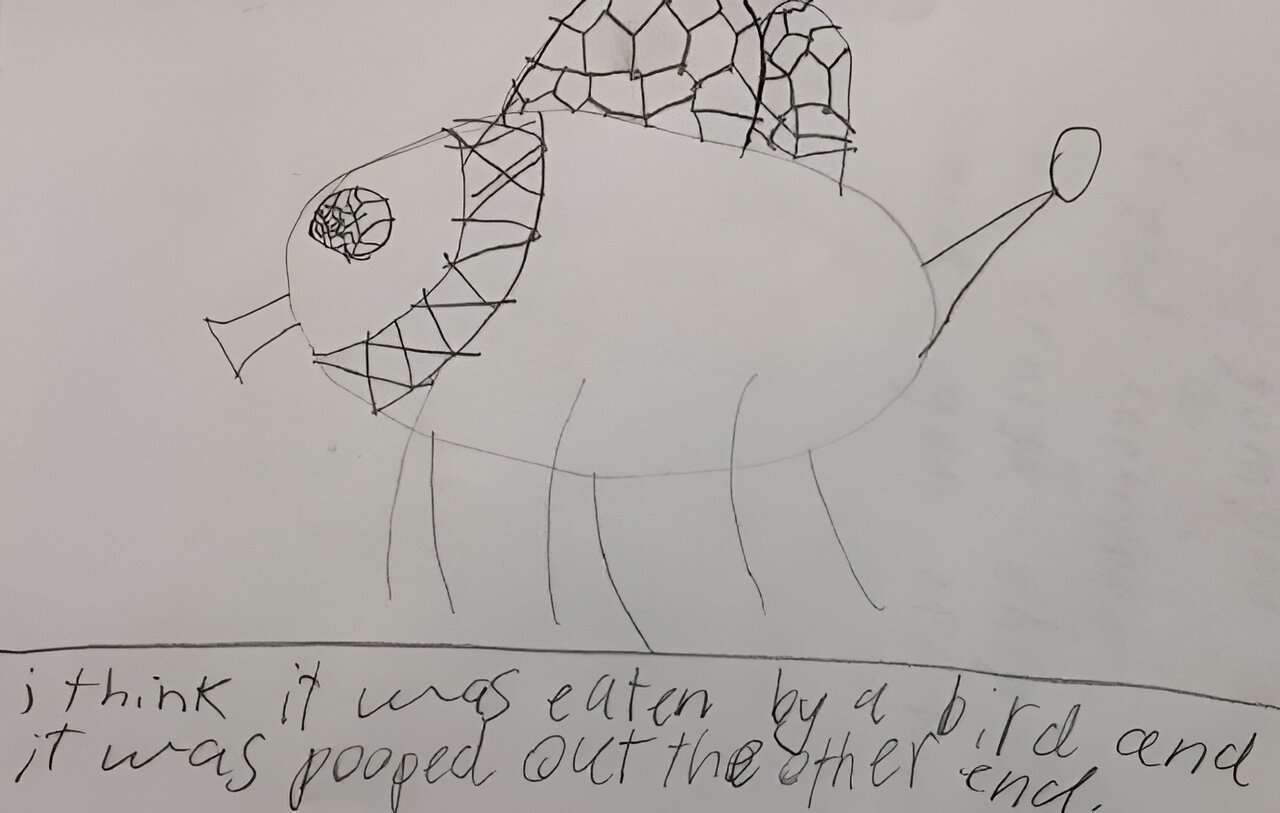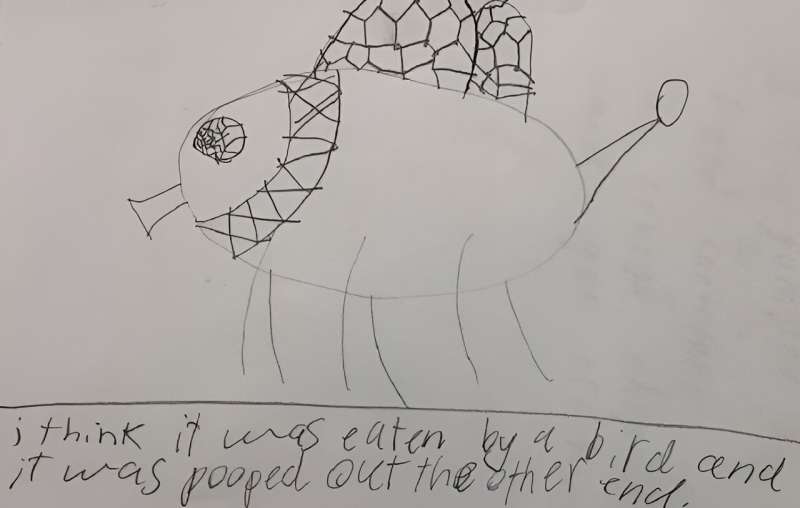

More than 60% of Australia’s known insects are unnamed and a mystery to science. Of an estimated 500,000 Australian species, roughly half are insects, but many aren’t categorized.
A group of sharp-eyed school students from Queensland is changing that. With the guidance of their dedicated teachers and enthusiastic experts, they’ve helped lift the lid on the secrets of two more insect species.
The Year 4 students from Yeronga State expected to find various insects in their Malaise insect trap. A tiny fly, first identified in a botanical garden in Portugal and unrecorded in Australia, was not one of them.
Expert analysis found that some of the fly’s DNA sequences were nearly identical to a moth fly species, Alepia viatrix. They sent specimens to Germany for testing, where scientists confirmed the fly’s Alepia viatrix identity. It was far from home.
The students sketched and labeled the insect, and discussed their theories of how this fly came to be in their backyard. Popular theories included it swimming the distance, stowing away on a shipping container, or attempting world domination.
This work became part of a paper published in the journal Check List. The authors suggest the fly likely made its 18,000-km journey to Australia by hitchhiking in a bromeliad.
Fortunately, experts expect the fly to be harmless for Australia’s environment. Its discovery highlights the importance of community involvement and citizen science.
Taking the sting out of armyworm invasion
More recently, students from Yeronga and five other schools each collected a new wasp species in their Malaise traps. The discovered wasp is a natural enemy to the fall armyworm, a destructive cereal crop pest that entered Australian agriculture in 2020.
Because their wasp was unnamed and undescribed, students got to workshop potential names for the newly recognized species. Researchers credit the students and described the shared naming process in a journal article published in Austral Entomology.
The students’ wasp discoveries and information gathered will be useful to the Queensland Government’s Department of Agriculture and Fisheries. Knowing the wasps’ locations will assist scientists researching solutions to armyworm population control, aiding Australian agriculturalists and farmers.
Opening doors to science
The learning opportunities came from a partnership between teacher Clare Triggell from Yeronga State School and entomologist Dr. Andy Howe from the University of the Sunshine Coast. Thanks to their collaboration, students got a unique chance to learn about insect taxonomy, biodiversity, conservation and biosecurity.
Triggell and Howe have been working as partners for more than three years through our STEM Professionals in Schools program. The initiative pairs Australian teachers with science, technology, engineering and math (STEM) professionals, connecting curriculum and real-life industry and research.
Dr. Howe helped make learning activities even more meaningful by basing some exercises on the citizen science projects of Insect Investigators. This school-based program teams up scientists with schools to discover, document and describe Australia’s biodiversity. Through the program, Yeronga State School students have joined other emerging scientists around Australia. Together, they’ve named 17 new insect species and documented 5,000 species using DNA.
The Australian Museum celebrated Insect Investigators’ efforts with a Eureka Prize for Innovation in Citizen Science in 2024. Dr. Howe says the enthusiasm of all the teachers and students involved drove the Eureka’s shared achievement.
“Working with Clare is wonderful. She eagerly facilitates hands-on learning and has taught me how it works best in schools,” Dr. Howe says.
“The partnerships to increase teacher capability, as well as the students, in a new STEM area, and I’ve seen that here. Last year, teachers ran their own insect trapping and monitoring exercise with minimal input from me. I can’t wait to learn what they discover next.”
More information:
Santiago Jaume-Schinkel et al, The hitchhiker’s guide to Australia: the 18,000-km-long journey of Alepia viatrix Jaume-Schinkel, Kvifte, Weele & Mengual, 2022 (Diptera, Psychodidae) discovered through citizen science, Check List (2023). DOI: 10.15560/19.4.589
Erinn P. Fagan‐Jeffries et al, Hymenopteran parasitoids of fall armyworm (Spodoptera frugiperda (J.E. Smith) (Lepidoptera: Noctuidae)) in Australia, with the description of five new species in the families Braconidae and Eulophidae, Austral Entomology (2024). DOI: 10.1111/aen.12682
Citation:
Citizen scientists create buzz with new insect discovery (2024, October 2)
retrieved 2 October 2024
from https://phys.org/news/2024-10-citizen-scientists-insect-discovery.html
This document is subject to copyright. Apart from any fair dealing for the purpose of private study or research, no
part may be reproduced without the written permission. The content is provided for information purposes only.